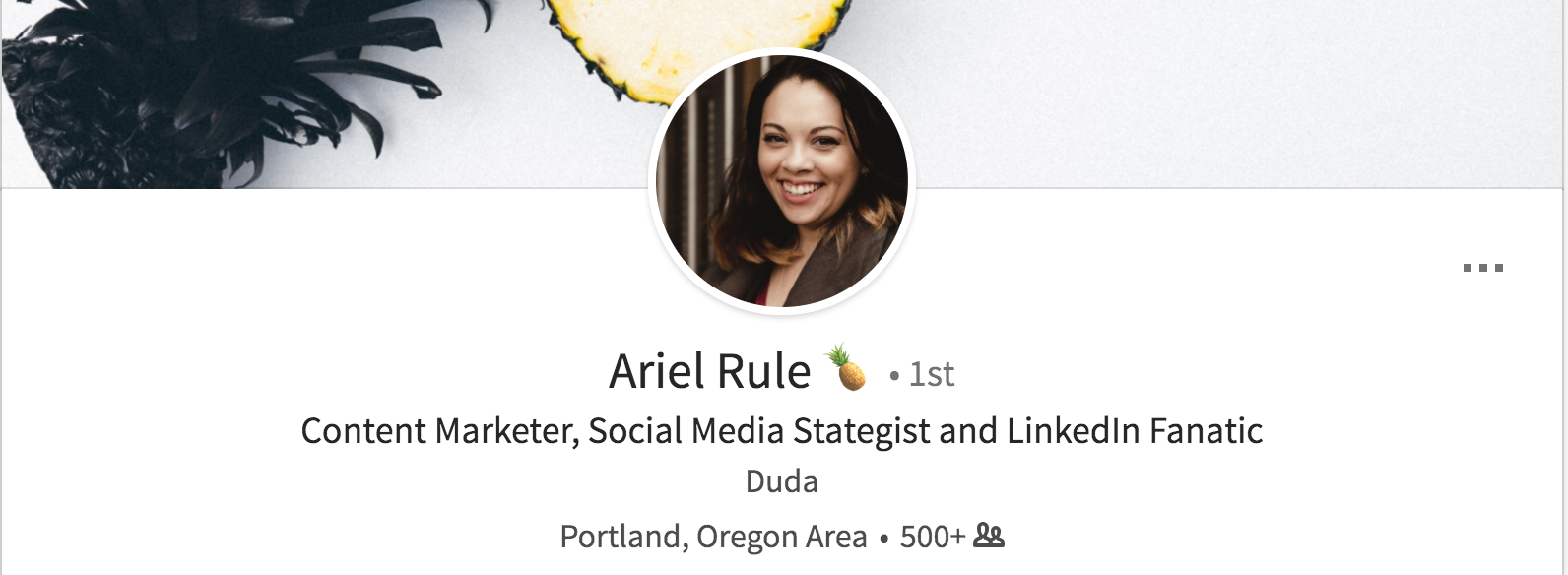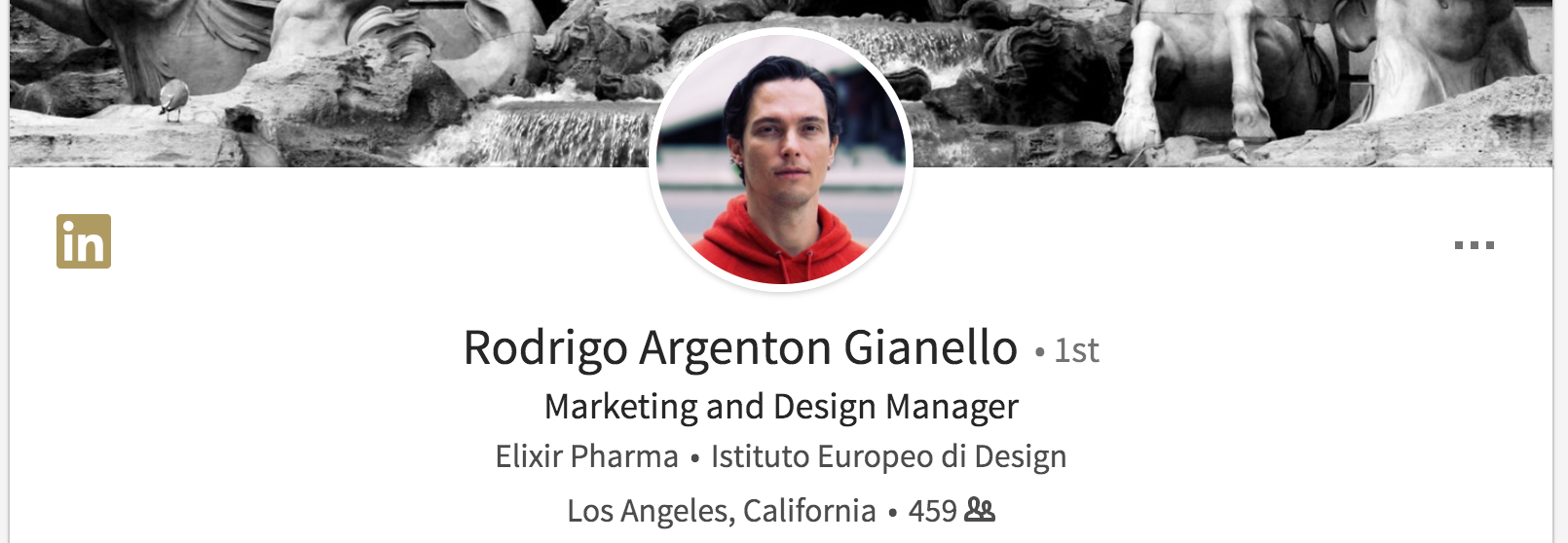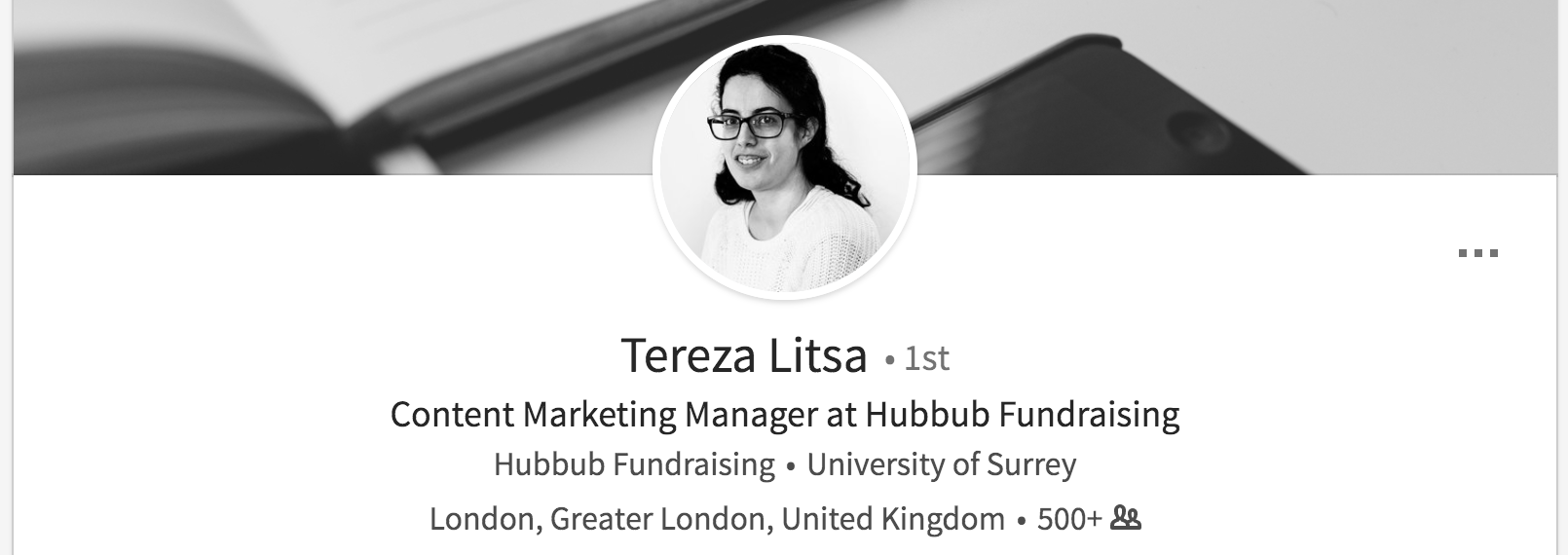
It is always interesting to hear what other marketers are doing with their current strategies. By exchanging ideas and hearing from others we learn a lot, and we discover the unexpected. Following this interest, I reached out to marketers worldwide via Linkedin, and asked them to share with us which are their favorite social media metrics at the moment, and why they use them.
Let’s hear from them:
Ariel Rule: Content Marketer, Social Media Strategist and LinkedIn Fanatic
"In most cases, the metrics I use to set key performance indicators (KPIs) vary from channel to channel and are based on the overall goals for the brand and company."
However, with LinkedIn, likes and comments are almost always key metrics I focus on. The reason being is that likes will directly impact the amount of impressions your content will receive.
For each person that likes your post or comments on your post, that post is then shared into their feed which expands the reach of your content into second and third connections outside of your own."
Camila Bomfim: Social Media Analyst at Sao Paulo Metro
"The thing with social media metrics for me is that many of them can't be analyzed separately. What does a like show us? Not much. How about a share? Is an angry or sad Facebook reaction really bad?
In an information-based, ever-changing world, professionals have less and less time to dig in long social media reports, filled with metrics that are hard to be understood by professionals unfamiliar with the social media world.
I say, let's keep it simple. That's why my favorite metric is sentiment. It can be useful both in social listening and social monitoring, and portray what's really important: are the customers happy with your brand/product? Are they happy with the competition?
After all, it's all about happiness: a smile is contagious, and hatred spread like the plague, especially on social media. Knowing when customers' feelings are starting to change can also be useful to detect a possible critical brand scenario.
Through sentiment analysis it is also possible to find what I call feeling clusters: are women particularly unhappy with your brand, or your ads, for example?
It is vital to know your customer, and social medial help us find it out how they feel. Customers seek happiness, and we shall seek it too."
Hannah Dempsey: Director of Social Media at Jellyfish Online Marketing
"The metrics that I enjoy the most is interaction or audience conversation based on time or day. They’re so versatile and can provide interesting insight when combined with other metrics.
There is so much to be learned by analyzing when your audience engages with your brand, or engages with your content. Do different audience types connect or engage with your brand at different times? And how can you align your posting strategy accordingly? For example, looking at interactions by hour or day against your audience can pinpoint advocates or micro-influencers you didn’t know existed. Equally, it’s important to look outside ‘hour’ and ‘day’ to consider seasonality or weather trends.

As a metric, time is invaluable for analyzing brand and your competitors but can also be used when analyzing your industry or landscape keywords through social listening. When are people talking about your industry? Are they more likely to talk positively or negatively at certain times of the day, or day of the week?"
Laura Blackhurst: Freelance Social Media Consultant and Copywriter
"Growth in followers, increases in paid advertising clicks, and upped levels of engagements or shares are all good and well, but it begs the question: how much value do these metrics really have if at the same time an overwhelming volume of your online sentiment is negative?
This is why I believe that social media listening activity is absolutely essential for any business who really wishes to claim it has in-depth insights into what its customers think and feel (so that's every business then, right?). Whether this is using monitoring tools to set up dashboards to constantly sweep for keywords, or manually taking a look at all weekly/monthly social media interactions to determine what percentage fall into the positive, negative, or neutral category, there's no excuse for a business of any size not to be measuring this metric.
What's most important however isn't the actual collation of the data itself, but making well-informed recommendations and putting them into action in light of the data received. Are a large number of customers dissatisfied with one of your products? Send your email database a survey to collect opinions for future improvements. Hugely positive tweets circulating about an event your business organised? Get interacting with each one to ask questions and keep that conversation going.
This is not only invaluable to delving into the minds of your consumers, but measuring the same metric on competitor brands can be even more insightful into the industry you're working within, with the potential to identify trends such as: customer pain points, common queries, or even areas where there's a lack of support from the industry as a whole.
The proof is in the pudding, too. Using tools such as Brandwatch, I've worked on a wealth of brands that have benefitted from keen focus on this metric, with some cases seeing negative sentiment decrease by over 200% and positive sentiment increase by over 1000%. Now that gets a big Facebook thumbs up from me.
What it all comes down to - the bottom line. Measuring actual monetary value against the budget spent on a campaign often provides no better way to prove social media's worth. Using Facebook's pixel code, for example, to track e-commerce sales as a result of specific Facebook adverts, provides clear and measurable results for purchase conversion tracking. Using this metric has proved particularly fruitful for hundreds of campaigns I've run, and had made drawing conclusions as to the success of advert campaigns unquestionable when ROI is presented so clearly, down to the last penny made. On average, I'm currently seeing sales generated at least 10x of the budget used to run campaigns. So that's a win-win for clients AND social media analysts!"
Michelle Voli Wadley: External Communications Specialist at TMNA Services, LLC
"My current favorite analytics are the Own Posts Tables and the Updates/Interaction Comparisons. I use both for Facebook, Twitter, LinkedIn, and Instagram.
I find the Own Posts tables very helpful when looking at which content is performing the best on each channel. I look at the tables on a monthly basis and sort by the posts with the most total interactions. Sometimes the top posts are predictable, but other times there are surprises. Monitoring the top posts each month has been extremely helpful in planning a content strategy.
I began looking at the Updates/Interaction Comparisons more recently. I've noticed my colleagues and I frequently post on certain channels around the same times each week. Those times may be the most convenient times for us or the times we think are best, but not necessarily the times our audiences are most active. The Updates/Interaction Comparison analytics are helping us to experiment with changing our routine to see if we experience different results by posting at more optimal times."
Rodrigo Gianello: Marketing and Design Manager, Elixir Pharma
"I use very often two metrics for measuring the success of my campaigns. The Key Metrics Radar is very useful because it brings me interaction, fans, rate and response date in one place. Through this metric, I am able to analyze and compare the entire performance of my campaign. Sometimes I compare the results to the prior week or how my main competitors are doing. This kind of metric is perfect because you can see the interaction point between fans, rates and posts. It’s very useful for planning next moves and building your audience.

My second metric would be the Posts Table metric which gives me a fast visualization between reactions, type of the posts, comments and shares. After the campaign this metric helps me to measure the impact of my content and allows me to devise methods to create a bigger impact."
Tereza Litsa: Content Marketing Manager at Hubbub Fundraising
"If I had to pick two of my favorite metrics that have to do with social media analytics, I'd pick the number of clicks and the number of shares.
There are many metrics to analyse the performance of your social strategy and each one of them reflects a different aspect of your goals. However, I'd like to focus on two simple yet important metrics.
The number of clicks tells you whether people were interested enough in your content to visit your page. We cannot take this action for granted, as the abundance of online content makes it harder to grab someone's attention. Thus, curiosity or genuine interest in the subject can still make a useful metric to keep an eye on.
The number of shares takes the interest to the next level, as it shows that people liked your content enough to share it with their own network. If the like is the easiest action, a share is probably the hardest. The sharing of your content from someone means that s/he found it valuable enough to show it to a larger audience. Thus, it serves as a sign of approval which can get even more important if it comes from an influencer or someone acclaimed from your target audience.

For example, one of our main goals in Hubbub Fundraising and our social strategy is to offer value through the content. This contributes to increased awareness and engagement through the posting of interesting content for the target audience. While I was analysing the performance of the posts, I noticed an interesting pattern. Once I started creating a consistent social calendar, the number of clicks saw an increase. Month-by-month the stats kept getting better, reaching a broader audience and noticing an improved number of clicks towards the site. Even though the likes were minimal, the clicks indicated that the audience found the content interesting enough to visit a page (or even more).
What I also find interesting is the fact that these two metrics can also be analysed along with the psychology of the user, offering interesting insights on what makes people click or share a post. This can lead to extremely useful learnings that could go beyond the analysis of the social engagement, helping for example with the planning of your content marketing strategy and the future content you'll create."
William Chou: SEO and Digital Marketing Specialist at WebMechanix
"The first metric I look for as a benchmark is a specific comment engagement rate (comments / followers). Why? Because almost everything else requires less work and can be manipulated by fake bots (likes, follower count, etc.). I don't use just this metric, it's a starting point. Then, I go into qualitative analysis, mainly to understand how authentic and long the comments are. If they're mainly not relevant or short, that's a bad sign -- it's a bot.
There are secondary metrics I use as a sign of how good a social media page is performing: follower count growth is a good one (people can buy followers but it's hard to sustain a rapid rate of growth for a long time with fake methods), like-to-follower ratio, and absolute share count. For the best social media accounts, I rarely ever see ANY of these metrics being anything below an above-industry-average rate. If any are, it could be a red flag."
Alex Gonçalves: Social Media Strategy & Analytics - New Business & Partnerships Manager at quintly
While being the author of this article, I couldn’t help but to jump in there and take part on the fun. My two favorite metrics at the moment are Twitter Mentions Overlap and Sponsored Post Detection metrics in Facebook.
The Mentions Overlap is great because it checks for what else people who mention my profile are mentioning. So it takes the list of people who mention me, and brings a view of other profiles (brands/people) they interact with. This gives me a view on the true interests of my audience/contacts. It also gives me signs of potential partners and potential competitors for my campaigns. I have a lot of fun checking out what else people interact with besides my page’s content.

The Sponsored Post detection is interesting because it gives me a great idea of what is behind the success of certain content. It is also cool because it is a Machine Learning based metric, and is to me a step into the future of analytics, a sort of origin of what we will see a few years from now, when machines will be prescribing the best decisions. With an idea if a certain content is sponsored or not I can then jump into further analysis and check if the team behind that channel also does more than just sponsor posts. If they are getting insane organic projection, I will dedicate some time to try to grasp everything I can about their strategy.
So this is it, a quick chat with amazing marketers on current favorite metrics. What about your favorite metrics? Share it with us in the comments and let’s keep the conversation going! You can also always tweet to us, send us a message on Facebook or add suggestions for new metrics in quintly on our product ideas portal.









Join the conversation. Leave us a comment below!